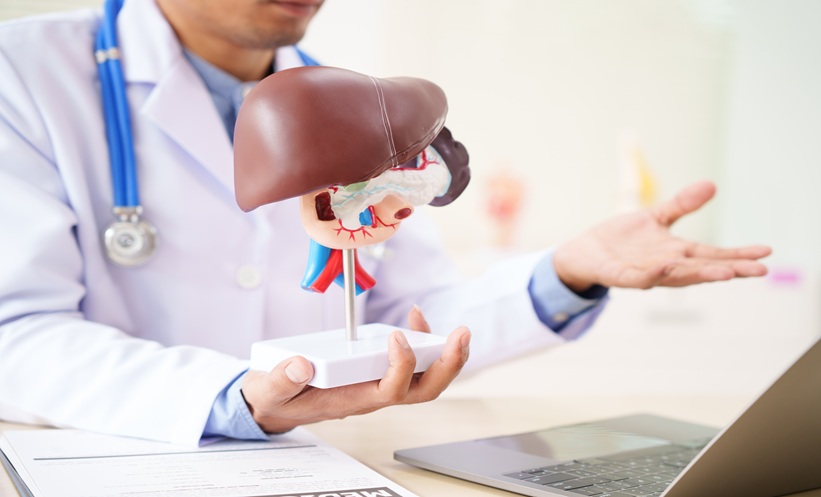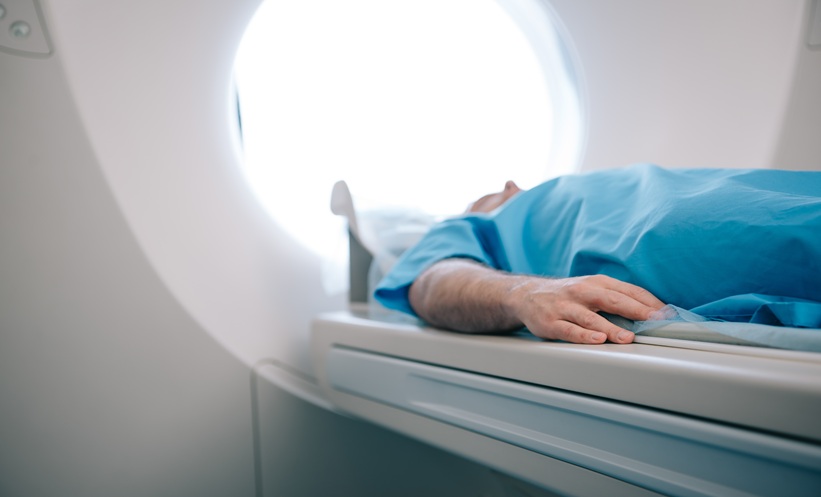Mario Strazzabosco | Professor of Medicine, Co-Director, Liver Center, Yale School of Medicine; Director and Clinical Program Leader of the Smilow Liver Cancer Program, New Haven, Connecticut, USA
Citation: EMJ Hepatol. 2024;12[1]:66-68. https://doi.org/10.33590/emjhepatol/TYEM6621. ![]()
How has liver cancer treatment changed throughout your career?
The management of liver cancer has changed dramatically during the 4 decades since I started as an internal medicine speciality fellow. The changes are too many to list, but I would like to highlight the increase in the incidence of hepatocellular carcinoma (HCC) due to epidemiological factors, but also to the prolonged survival of patients with advanced liver disease; the establishment of an oncologic screening protocol and of a staging system that is accepted by all the major western liver societies; the advent of liver transplantation as a curative treatment; and the progress in locoregional treatments and radiation treatments (both local and stereotactic body radiotherapy). A tremendous advance in systemic treatment started around 15 years ago, and this now is exponentially increasing with combination treatments and immune-oncology. These advances have significantly increased the prognosis for patients affected by HCC. But the war is not won yet because, as science and its implementation progress, the disease changes, the epidemiology morphs and now that we have defected hepatitis C virus and controlled hepatitis B virus, other risk factors like metabolic liver disease emerge. More efforts need to be spent on prevention as most liver diseases are preventable. Furthermore, the cost-effectiveness of the treatments and related technologies has not been assessed yet. Last, but not least, for a vast number of patients with difficult access to care, these improvements are not present, rather they lay in an unlikely and unevenly distributed future.
You have spoken in the past about forming lasting relationships with your patients after treatment. What benefits do you think this brings to both the patient and practice?
Around 60–70% of patients with liver cancer experience recurrence. How to prevent this is still unclear. There are ongoing clinical trials aiming to demonstrate the efficacy of adjuvant medical treatment after surgery or locoregional treatments, but the main approach remains to continue a longitudinal, years-long monitoring of liver imaging, liver function, and biomarkers, along with addressing and treating the main risk factors. Some risk factors are related to lifestyle changes and therefore are very difficult to implement unless there is a strong bond between the hepatologist and the patient. In addition, many of our patients have unfavourable social determinants of health and these need to be addressed, with the help of social services.
Would you recommend this personalised approach to others, especially those just starting out in their careers?
Yes, patients need to feel that you are there for them. They need to feel your empathy, that you are working with them and through them to improve their health in the broader definition of health.
What does the Smilow Liver Cancer Program at Yale do differently compared to other liver cancer treatment centres to ensure patients are receiving the best care possible?
The Smilow Liver Cancer Program has many strengths, and we have phenomenal providers who master all the available techniques and are all involved in the program even if they belong to different departments. Another strength is our tumour board dedicated to HCC, where all decisions are discussed and shared; because every treatment is available at Smilow, our decisions are focused on what is best for the patient, without being limited by local availability. The other point of strength is the continuous involvement of hepatologists being able to follow longitudinally the patient and to help preserve the function of their livers and address the risk factors.
You are not only a clinician, but a researcher and professor as well. How does teaching and research aid your clinical practice, and vice versa?
Teaching, practice, and research are like a trinity; they exist and happen together, and cannot be separated. Practice and research are two faces of the same reality: there is research in patient care and patient care in research. I often use the image of the yin and yang, except that research and practice are not opposite, but are rather complementary forces. All our ‘basic’ research is inspired by clinical observation and ultimately is done for the potential benefit of our patients. As for teaching, forming future leaders in our profession is not only a duty but also an enormous benefit for the teacher. I usually learn from our bright young colleagues more than I transmit. What we teach may be new to them, but the perspective of our junior colleagues is always different and fresh.
Much of your research focuses on damage to the bile ducts, as well as cholangiocarcinoma (CCA), a cancer which starts in the bile ducts. What key discoveries have you been involved in within this field?
I would say that together with a handful of colleagues, we changed the approach to study the pathophysiology of diseases, the biliary tree, and how the liver reacts to their damage. We were able to generate cellular models that enabled the application of cellular, molecular, and physiology techniques to understand the pathobiology of biliary cells. These cells were considered mere conduits for the bile, but now we know they modify the bile, they participate in the repair of the liver, they are the cells that instruct the inflammatory microenvironment, and so on. New observations are made daily. Recently our group has generated compelling evidence for the role of gut dysbiosis in determining the biliary damage in cystic fibrosis. This is a paradigm-shifting observation. Now that we can use human cellular models, the future seems more optimistic.
What developments in liver transplantation and CCA do you hope to see shortly?
Our interest in CCA was initially motivated by its desmoplastic nature. We were interested in understanding the relationships between cholangiocyte proliferation and fibrosis deposition. This led us to investigate the microenvironment of CCA (its tumour-reactive stroma) and its multiple cellular components. We investigated the role of cancer-associated fibroblasts and their cross-talk with neoplastic cholangiocytes and lymphatics endothelial via signalling like platelet-derived growth factors, vascular endothelial growth factors, leukaemia inhibitory factors, etc. We also investigated the role of CCA microenvironment in the spreading of the tumour and response to therapy. This turned out to be a rewarding field of study that is now continuing with powerful single-cell transcriptomic approaches. It is too early to say whether this will lead to better medical treatments or to more transplants performed for CCA, but I sure would like to see more transplants done in patients with intrahepatic CCAs and in patients with sclerosing cholangitis, a disease that carries a sizable risk of developing a CCA.







